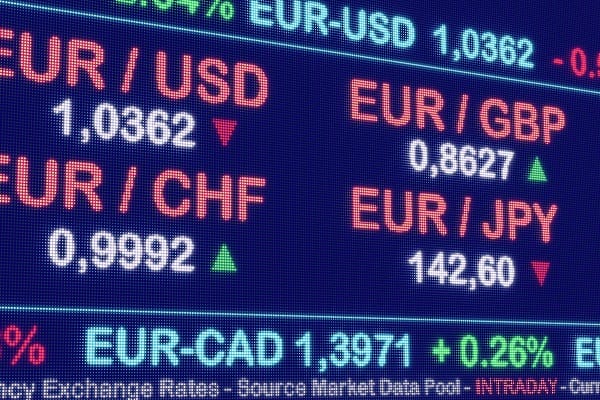Bussiness
Euro could be under pressure as yield gap widens – London Business News | Londonlovesbusiness.com

The Euro is recovering today, rising more than 0.5% against the US Dollar, reclaiming the 1.0478 level after hitting its lowest level in nearly two years last Friday.
While today’s decline in the Dollar appears to be a correction and comes in anticipation of a series of crucial data releases this week and the following, the Euro may remain under pressure as the yield gap between the US and the Eurozone widens.
This widening of the yield gap in turn comes in light of the divergence in economic performance and concerns about the continued high interest rates in the US, as well as the rising geopolitical tensions in Europe.
Today’s weaker-than-expected Ifo Business Climate Index for November in Germany also reinforced the narrative of economic divergence, which could keep the Euro’s gains fragile. The headline reading fell more than expected to 85.7.
The report said that the German economy is floundering amid declining business sentiment, both in terms of the current situation and future expectations. Pessimism has also increased among companies about the future in the manufacturing, services and construction sectors. However, the assessment of the current situation varied between improvement in manufacturing, retail and wholesale trade, and the most pessimistic in services, larger trade companies and construction.
Today’s Ifo data adds to the shocking reports of the PMI reports for November for the eurozone, Germany and France from S&P Global, which we saw last Friday and deepened concerns and highlighted pessimism about the health of the region’s economy. Services activities in the region contracted unexpectedly, and manufacturing activities deepened their contraction, in addition to the lowest levels of sentiment since September 2023.
This comes in contrast to the acceleration of service activity growth in the United States more than expected, and sentiment rebounded and reached its highest level since May 2022, which may indicate further economic expansion in the coming months, according to S&P Global.
In addition, the latest set of data from the US has heightened concerns about the pace of rate cuts next year. After the expected cut in December, markets are now pricing in only a 12% chance that the Fed will cut rates in January, according to the CME FedWatch Tool.
A higher-for-longer interest rates in the US and accelerating growth could add pressure on the euro as the European Central Bank may need to cut borrowing costs more given the continued weakness in economic activity. This disparity in potential interest rate paths could also keep the yield gap between US and eurozone Treasuries on the widening trend.
The gap between 10-year Treasury yield and their German bund counterparts hit its highest level since April last Friday at 2.149% before narrowing slightly today.
In addition, real inflation-adjusted yields on 10-year US Treasuries are near their highest levels since 2015, around 1.85%. This could also increase the appeal of US Treasuries, as the real yield gap between them and their German counterparts is also more than 1.5%, which is the highest level since last February.
The escalation of geopolitical tensions could also increase pressure on the euro, following a series of mutual escalations on the Russian-Ukrainian front and concerns about the possibility of it getting out of control.
Both sides of the war are putting more pressure on each other in an attempt to extract gains ahead of any potential negotiations under the next US Republican administration. These concerns are already starting to return to the forefront and were evident in the rise in European natural gas futures (TTF) today to their highest levels this year.









